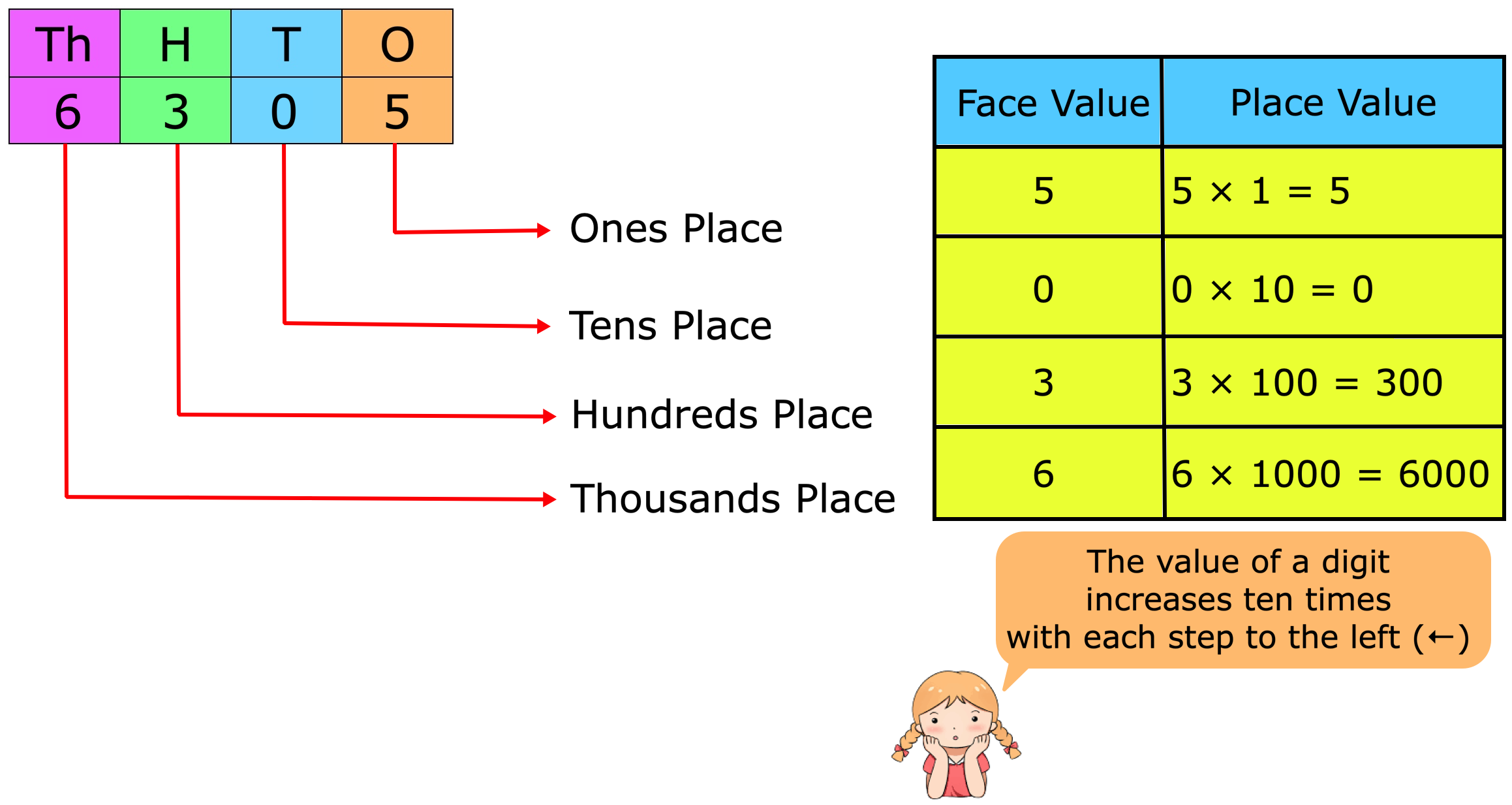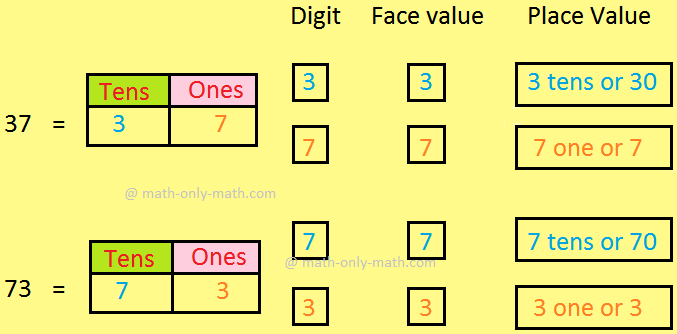Why Binary Numbers are Used
Why binary numbers are used?
It may be observed from the discussions of the preceding section that the use of a base smaller than 10 requires more positions to represent a given decimal number. As for example, the binary number 10101 requires 5 bit positions to represent the decimal number 21 which requires two positions for its decimal representation. This is a major disadvantage of the binary number system. In spite of this fact, all the modern digital computers have been basically designed on the basis of binary number system.
Why this bias to binary number?
There are several reasons for this.
The first and foremost reason is that electronic components, as a natural coincidence, operate in a binary mode. A switch is either open/off (called 0 state) or closed/on (called 1 state); a transistor is either not conducting (0 state) or is conducting (1 state).
This two-state nature of the electronic components can be easily expresses with the help of binary numbers.
The second reason is that computer circuits have to handle only two bits instead of 10 digits of the decimal system. This simplifies the design of the machine, reduces the cost and improves the reliability.
Lastly, binary number system is used because all the operations that can be done in the decimal system can also be done with a binary number of radix 2.
- Why Binary Numbers are Used
- Binary to Decimal Conversion
- Conversion of Numbers
- Hexa-decimal Number System
- Conversion of Binary Numbers to Octal or Hexa-decimal Numbers
- Octal and Hexa-Decimal Numbers
- Signed-magnitude Representation
- Radix Complement
- Diminished Radix Complement
- Arithmetic Operations of Binary Numbers
From Why Binary Numbers are Used to HOME PAGE
Recent Articles
-
Place Value and Face Value | Place and Face Value of Larger Number
Apr 13, 25 03:12 PM
The place value of a digit in a number is the value it holds to be at the place in the number. We know about the place value and face value of a digit and we will learn about it in details. We know th… -
Face Value and Place Value|Difference Between Place Value & Face Value
Apr 13, 25 03:07 PM
What is the difference between face value and place value of digits? Before we proceed to face value and place value let us recall the expanded form of a number. The face value of a digit is the digit… -
Place Value and Face Value | Basic Concept on Place Value | Face Value
Apr 13, 25 02:59 PM
Learn the easiest way to understand the basic concept on place value and face value in the second grade. Suppose we write a number in figures 435 in words we write four hundred thirty five. -
Expressing Place Value and Face Value | International & Indian System
Apr 13, 25 02:35 PM
We will learn expressing place value and face value of a digit in any number in International and Indian system. Place value: We know how to find out the place value of a digit in any number. -
5th Grade Decimals | Word Problem on Decimals | Concept of Decimals
Apr 13, 25 02:16 PM
A fractional number whose denominator is 10 or multiple of 10 is called a decimal. Every decimal has two parts whole number part and decimal part. These two parts are separated by a dot or point. This…





New! Comments
Have your say about what you just read! Leave me a comment in the box below. Ask a Question or Answer a Question.